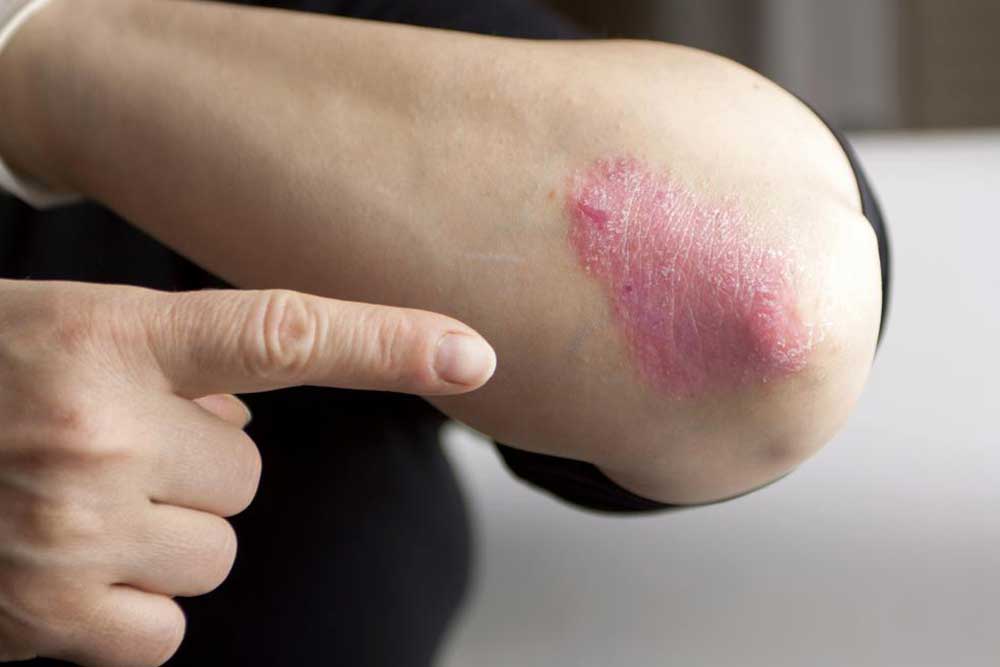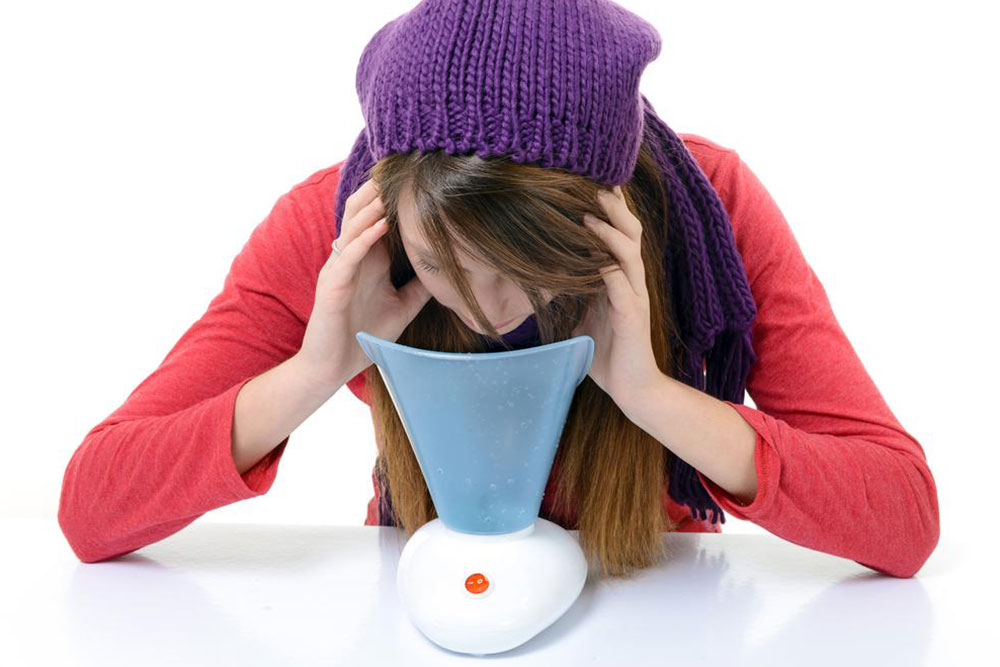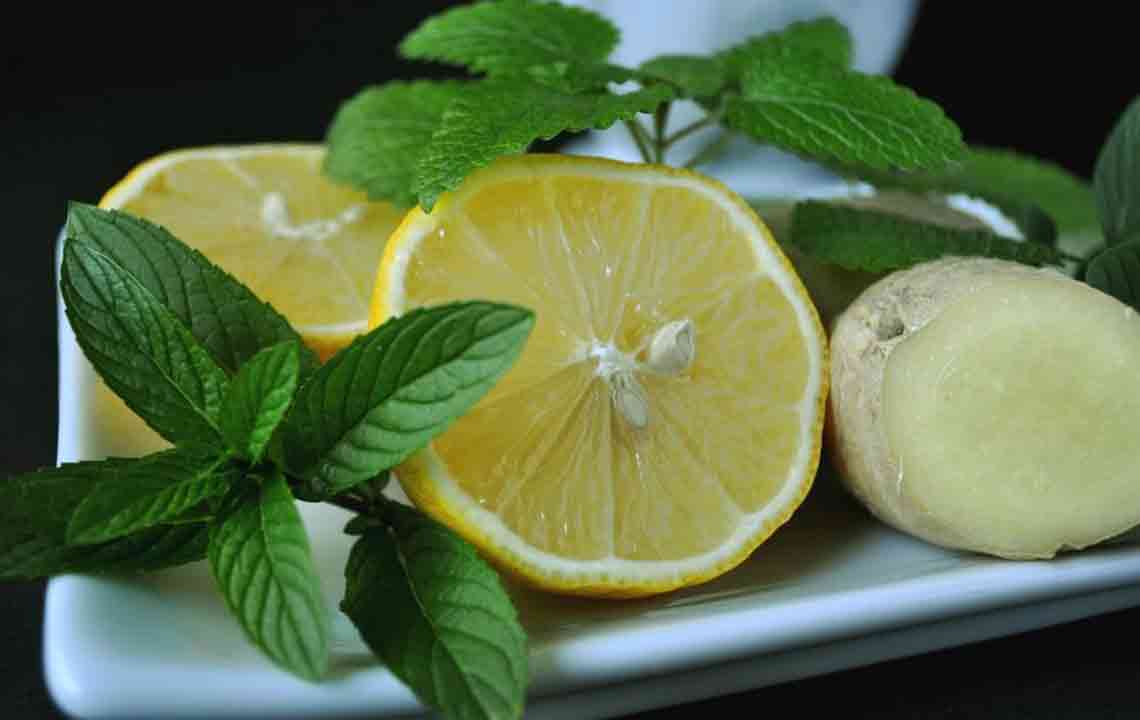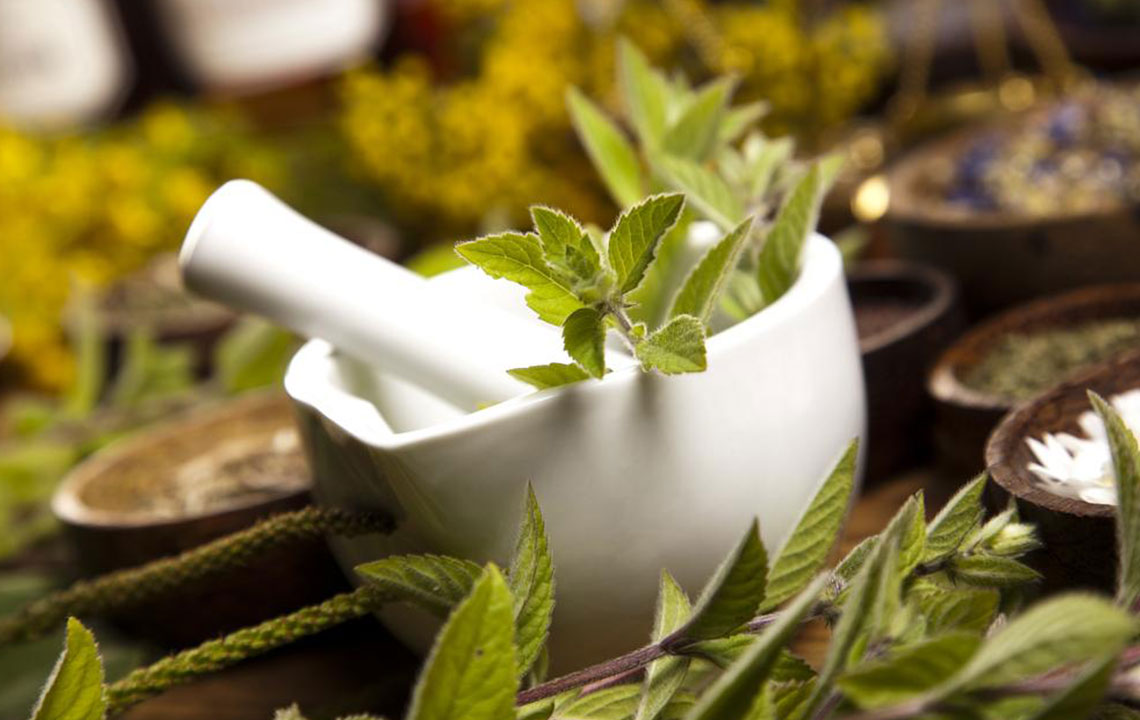Comprehensive Home Remedies and Strategies to Relieve Toe Pain and Discomfort
Discover comprehensive home remedies and strategies to effectively alleviate toe discomfort. From simple rest and elevation to natural remedies like Epsom salt baths, vinegar soaks, and herbal treatments, this guide offers practical tips for relieving pain caused by injuries, arthritis, and other foot conditions. Learn how choosing supportive footwear and dietary choices can improve foot health and prevent future issues. Consult healthcare professionals for persistent pain to ensure proper diagnosis and treatment, ensuring your toes stay healthy and pain-free.

Effective Home-Based Solutions for Toe Pain Relief
Toe discomfort is a common issue that affects many individuals daily. It can stem from various causes such as injuries, structural problems, or chronic conditions that lead to persistent strain and inflammation. Symptoms often include numbness, burning sensations, or sharp pains that can interfere with normal activities like walking and standing. Understanding the causes of toe pain can help in selecting the right remedies and prevent future complications.
Common sources of toe pain include bunions, ingrown toenails, cuts, fractures, blisters, corns, arthritis, and infections. These issues can arise from improper footwear, injury, repetitive stress, or underlying health conditions. Fortunately, there are numerous natural, non-invasive strategies and remedies that can effectively alleviate toe pain, promote healing, and improve overall foot health.
Rest and Elevation: One of the simplest yet most effective methods to reduce toe pain is giving your affected foot adequate rest. Elevating your foot on a pillow or cushion helps decrease blood flow to the area, reducing swelling and inflammation. Avoid putting weight on your toes during flare-ups to prevent further injury. Applying an ice pack or cold compress for 15-20 minutes can numb the area, reduce swelling, and provide immediate pain relief. This method is particularly helpful after a recent injury or strenuous activity that might have overstressed your toes.
Epsom Salt Soaking Therapy: Soaking your foot in a warm bath infused with Epsom salts is a time-honored remedy for easing discomfort and promoting healing. Dissolve 1-2 cups of Epsom salt in a basin of warm water and soak your foot for 20 to 30 minutes. The magnesium sulfate in Epsom salts is believed to reduce inflammation, relax muscles, improve circulation, and alleviate pain. Regular soaks can also help loosen tight muscles and ease stiffness, making this an effective home remedy for chronic toe discomfort or after intense physical activity.
Choosing Appropriate Footwear: Your choice of shoes plays a crucial role in managing toe pain. Opt for comfortable, well-fitting footwear that provides enough room for your toes to move freely. Open-toed shoes, slippers, or sandals with soft soles are preferable when experiencing discomfort or swelling. Avoid high heels or tight shoes that exert pressure on your toes, which can worsen existing pain or cause new issues such as bunions or ingrown nails. Proper footwear ensures better weight distribution, reduces strain, and enhances overall foot health.
Supportive Shoe Inserts and Orthotics: Using supportive insoles or gel inserts can make a significant difference in alleviating toe pain. These inserts cushion your feet, absorb shock, and promote proper alignment, reducing stress on affected areas. You can purchase orthotic inserts from pharmacies or shoe stores tailored for specific conditions like plantar fasciitis or bunions. Proper support not only relieves current discomfort but also minimizes the risk of future injuries and deformities. For individuals with specific needs, consulting a podiatrist for custom orthotics can be highly beneficial.
Vinegar-Based Soaks and Compresses: Vinegar has anti-inflammatory and antibacterial properties that can help reduce swelling and combat infections. Dipping a clean cloth or cotton pad in diluted vinegar solution (mix vinegar with warm water in a 1:1 ratio) and applying it as a compress over your toe can ease pain and inflammation. Alternatively, soaking a towel in vinegar and wrapping it around your toe for about 15 minutes can promote relief. Regular vinegar soaks are especially useful for infections or swollen toes caused by minor injuries.
Additional Natural Remedies for Toe Pain Relief
Clove Oil Massage: Clove oil is known for its natural analgesic and anti-inflammatory properties. Dilute a few drops of clove oil in a carrier oil like olive or coconut oil and gently massage onto your affected toe. This practice can improve circulation, reduce pain, and speed up healing. For cuts or broken skin, always dilute the oil well before application to avoid irritation.
Cayenne Pepper Topicals: Rich in capsaicin, cayenne pepper has pain-relieving properties. You can mix a small amount of cayenne powder with warm water and soak your toes or create a homemade topical ointment to apply on the affected area. Wearing socks after applying this mixture can help reduce pain caused by arthritis or muscle strain, thanks to capsaicin’s ability to block pain signals.
Sage and Vinegar Infusion: Prepare a soothing soak by crushing fresh sage leaves and boiling them in apple cider vinegar. Once cooled, soak a cotton ball or cloth in this mixture and hold it gently over your toe. Besides relieving pain, sage-infused vinegar can help eliminate foot odor and improve overall foot health.
Mustard Seed Soak: Ground mustard seeds mixed with hot water create a stimulating soak that enhances blood flow and reduces swelling. Immerse your toes for at least 10-15 minutes to experience relief from discomfort related to poor circulation or inflammation.
Anti-Inflammatory Dietary Choices: Incorporating foods like asparagus into your diet can help combat inflammation naturally. Asparagus acts as a natural diuretic, flushing out excess fluids that contribute to swelling and pain. Consuming a balanced diet rich in anti-inflammatory foods supports overall foot health and accelerates recovery.
If these natural remedies do not effectively relieve your toe pain or if symptoms worsen, it is essential to seek professional medical advice. A healthcare provider can diagnose underlying issues such as fractures, nerve damage, or infections and recommend personalized treatment options, including medication or physical therapy. Early intervention not only alleviates current discomfort but also prevents complications and promotes faster recovery.





